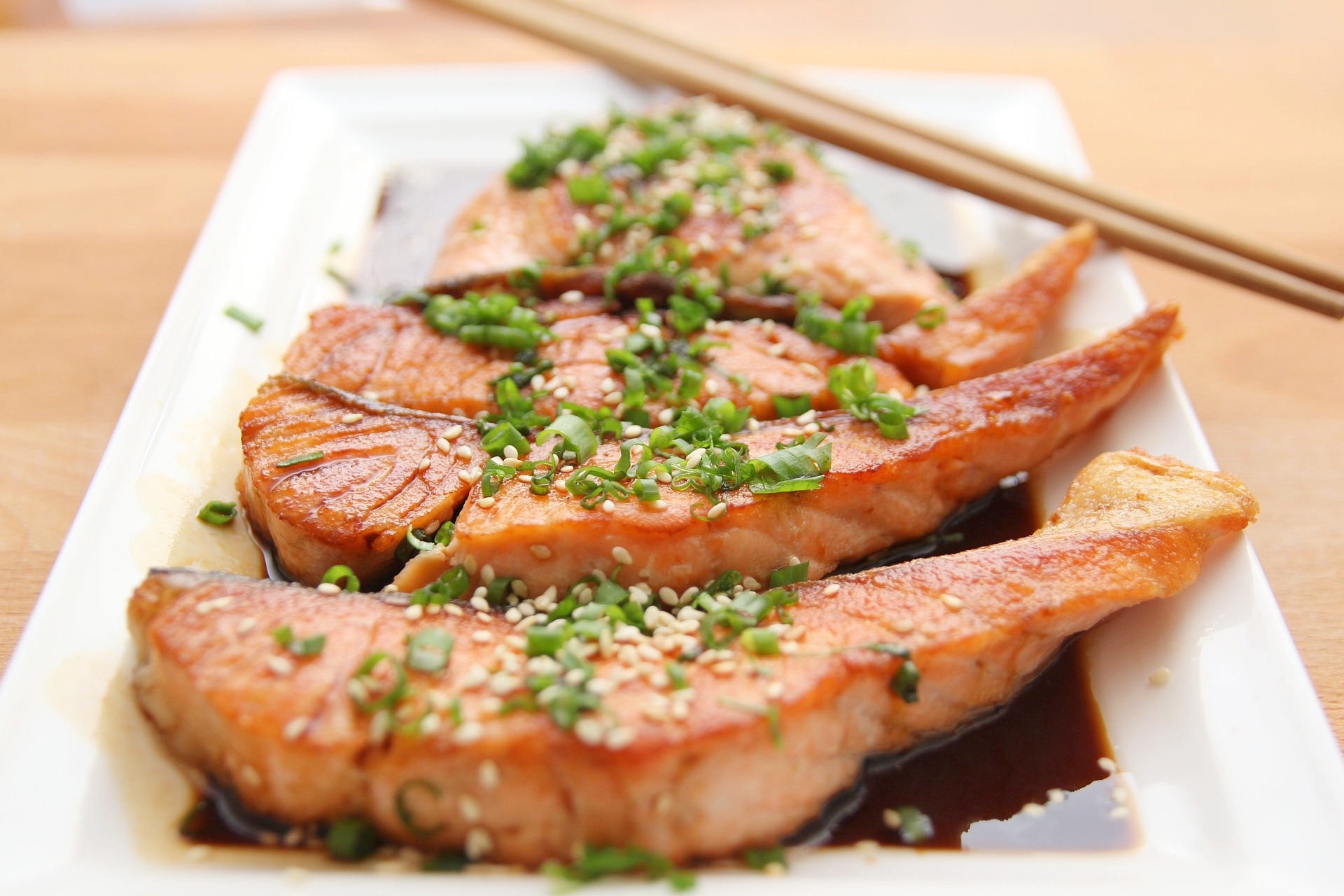Crafting Savory Delights with Indonesian Cuisine: An Uncharted Culinary Adventure
Indonesia, the world's largest archipelago, is home to a myriad of tantalizing dishes that offer a fusion of flavors and textures. This article ventures into the heart of Indonesian cuisine, exploring its rich heritage, unique ingredients, and innovative cooking techniques.

Tracing the Roots of Indonesian Gastronomy
Indonesian cuisine is a melting pot of cultures. Its culinary landscape is shaped by its diverse ethnic groups, historical trade routes, and regional geography. From the spicy rendang of West Sumatra to the sweet gudeg of Central Java, each region’s cuisine is a testament to its unique cultural heritage and local produce.
The Essential Ingredients of Indonesian Cuisine
The backbone of Indonesian cuisine lies in its ingredients. Herbs and spices such as lemongrass, kaffir lime leaves, and galangal add a punch of flavor to dishes. Coconut milk provides a creamy base for curries and soups, while rice is the staple food, served in various forms.
The Art of Indonesian Cooking Techniques
Indonesian cooking techniques are as diverse as its ingredients. The “bungkus” method wraps food in banana leaves before grilling or steaming, infusing the dishes with a subtle, smoky flavor. “Panggang” refers to grilling, while “rebus” means boiling, often used for soups and broths.
Redefining Indonesian Cuisine: Modern Twists on Traditional Recipes
Modern Indonesian chefs are pushing the boundaries of traditional cuisine, introducing innovative twists to classic recipes. This has led to the creation of fusion dishes that retain the essence of Indonesian flavors while appealing to a global palate.
Decoding Indonesian Street Food Culture
Street food is an integral part of Indonesian culture. From roadside stalls to bustling food markets, these venues offer a snapshot of the country’s culinary diversity. Must-try street foods include satay, nasi goreng, and martabak.
-
Some Interesting Facts:
-
Indonesia is famous for its “sambal,” a spicy relish made from chili peppers.
-
“Tempe” a fermented soybean cake, is a popular protein source in Indonesia.
-
The “Padang” style of serving food involves presenting multiple dishes on the table, allowing diners to choose their preferred items.
-
Concluding this culinary journey, it’s clear that Indonesian cuisine offers a unique gastronomic experience. Its rich culinary heritage, diverse ingredients, and innovative cooking techniques make it a must-explore for food enthusiasts. So, are you ready to embark on this uncharted culinary adventure? Remember, the world of Indonesian cuisine is vast and flavorful, waiting for you to dive in and savor its delights.




